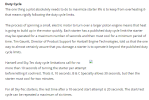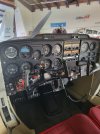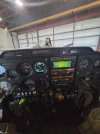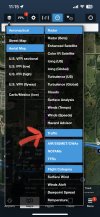Dan Thomas
Touchdown! Greaser!
- Joined
- Jun 16, 2008
- Messages
- 11,442
- Display Name
Display name:
Dan Thomas
A lot of corrosion can happen in 5 years.
An engine can sit for considerable time without corrosion, if it's undisturbed. It's the guys that go out and ground-run their engines that get the severe corrosion. Way worse than environmental moisture. There is so little unoccupied cubic volume in that crankcase that temperature changes, even in moist air, results in very little air exchange and condensation in the case.You can oil mist, pickle, use storage rated oil in the engine to allow it to sit for long periods of time. Age may or may not be an issue, but I would guess less people prep a plane for storage than do.
The A-65 in my Jodel sat for at least ten years in an unheated barn that was on marshy ground. The worst possible place, right, other than salt spray? There was no corrosion in it. It wasn't being ground-run. And I have encountered low-time engine that are trash because the owners kept ground-running them instead of flying them.






